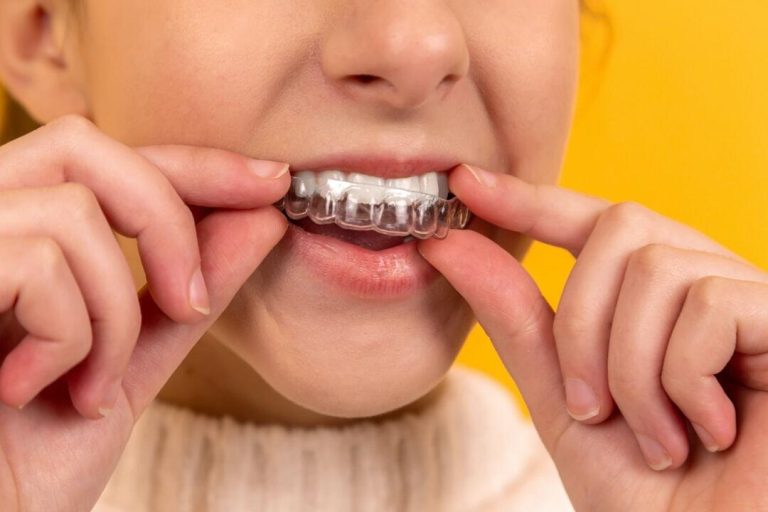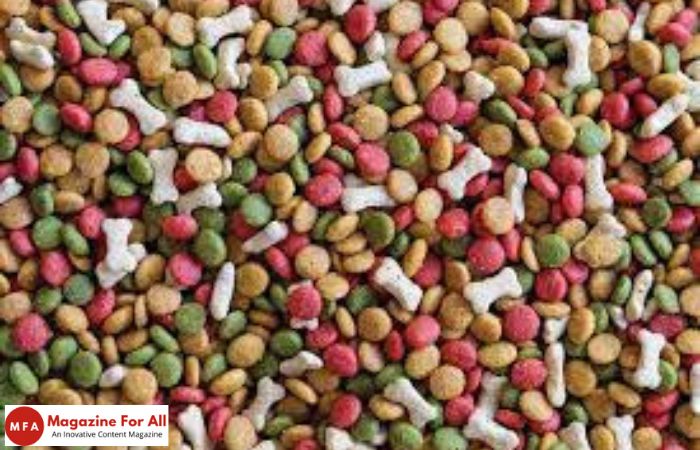Table of Contents
The Truth About Pet Food Coloring: Is it Safe for Your Pet?
Pet owners often pay close attention to the ingredients in their pet’s food to ensure their furry friends are getting the best possible nutrition. However, one ingredient that often goes overlooked is food coloring. While food coloring is used to make pet food more visually appealing, many pet owners may wonder whether it’s safe for their pets to consume. In this blog, we’ll take a closer look at pet food coloring and whether or not it’s something pet owners should be concerned about.
What is Pet Food Coloring?
Pet food coloring is a common ingredient found in many commercial pet foods. Food coloring is added to pet food to give it a more appealing appearance, which can be especially important for picky eaters. Food coloring is typically made from synthetic dyes that are added to the food during the manufacturing process.
Is Pet Food Coloring Safe?
The safety of pet food coloring has been a topic of debate among veterinarians and pet owners. While some experts argue that food coloring is safe for pets, others believe it could have negative health consequences.
One concern is that some synthetic food colorings have been linked to health issues in humans, such as hyperactivity in children. While there is limited research on the effects of food coloring on pets, some experts believe that these same health issues could potentially affect animals as well.
Additionally, some pet owners report that their pets experience allergic reactions to certain food colorings. Symptoms of an allergic reaction can include itching, vomiting, and diarrhea.
That being said, the FDA has approved the use of certain food colorings in pet food, and many commercial pet foods contain food coloring without issue. It’s important to note, however, that the FDA does not regulate the use of food colorings in pet food as strictly as it does in human food.
What to Look for in Pet Food Coloring
If you’re concerned about the safety of food coloring in your pet’s food, there are a few things you can look for when selecting a pet food:
Natural food coloring: Some pet food manufacturers use natural food coloring instead of synthetic dyes. Natural food coloring is made from plant or mineral sources and is generally considered safer than synthetic coloring.
Limited use of food coloring: Look for pet foods that use food coloring sparingly or not at all. While food coloring may make the food more visually appealing, it’s not a necessary ingredient for your pet’s health.
Avoid red and yellow dyes: Some studies suggest that red and yellow food dyes are more likely to cause allergic reactions in pets. If you’re concerned about food coloring, it may be best to avoid pet foods that contain these dyes.
Conclusion
While the safety of pet food coloring is still up for debate, it’s important for pet owners to be aware of what’s in their pet’s food. If you’re concerned about food coloring in your pet’s diet, look for natural food coloring or pet foods that use coloring sparingly. Ultimately, the most important thing is to make sure your pet’s food provides them with the nutrition they need to stay healthy and happy.
Related Post: PCNOK – What Company is it? Its Mission, Members, Benefits

































































